Lightroom 5 introduced an extremely useful feature called Visualize Spots. However, during my recent workshops I’ve discovered that quite a number of Lightroom users are not aware of it. Visualize Spots does exactly as its name suggests; it shows you all the dust spots on your image, including many that you might otherwise miss.
In the Develop module, make sure the Toolbar is visible below the image (tap the T key to toggle the toolbar on or off), and set your image view at 100%, or 1:1.
Navigate to the upper left corner of the image (hold down the spacebar, and drag the image), then activate the Spot Tool. The Visualize Spots checkbox now appears on the Toolbar, at the bottom left.
The image changes to black and while, and all those dust bunnies show up. Move the Visualize Spots slider to increase or decrease the sensitivity, and start spotting.
Page Down (PC: PgDn; Mac: Function + down arrow) moves the image down by exactly one screen view. When the bottom of the image is reached, do Page Down again, and the screen image moves over and up to the top. Keep doing Page Down, until you’ve covered the entire image. This Page Down trick means you’ll never miss any section of the image.


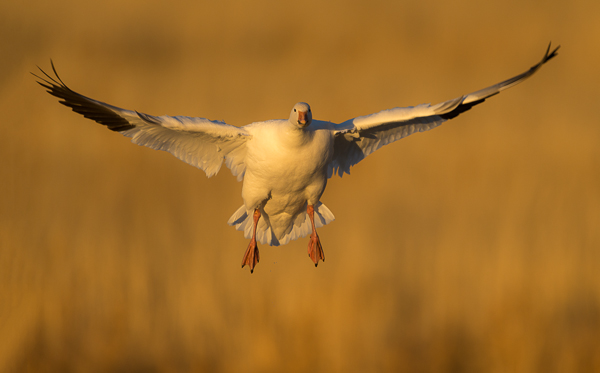
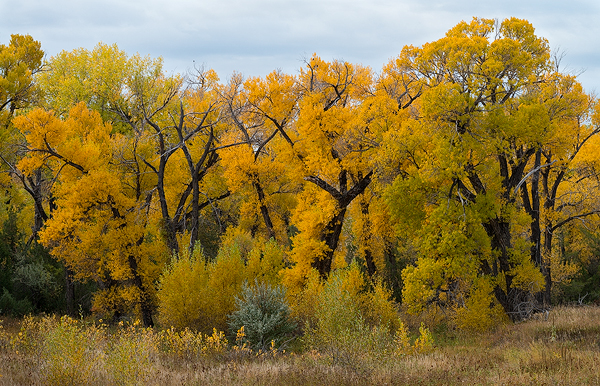
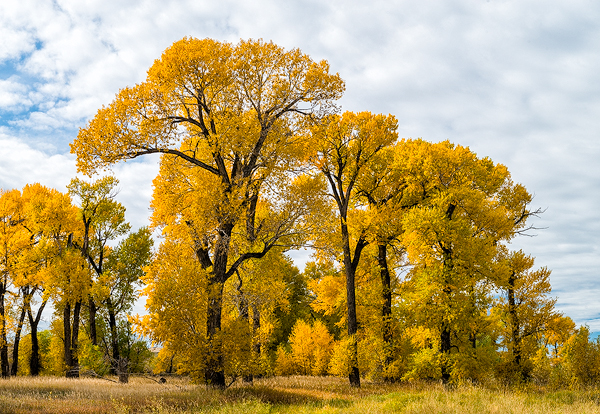
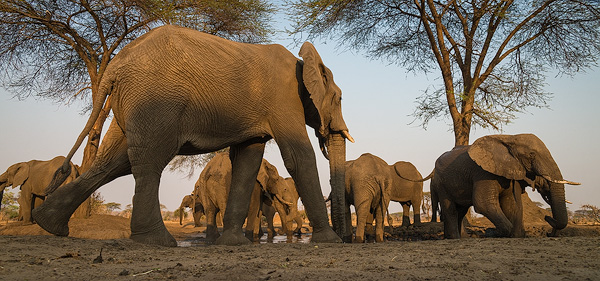
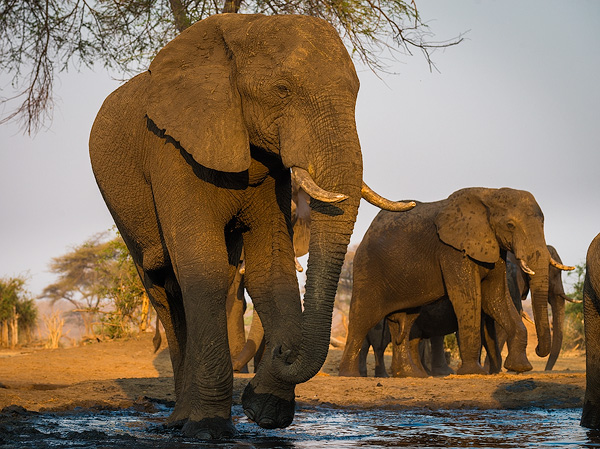

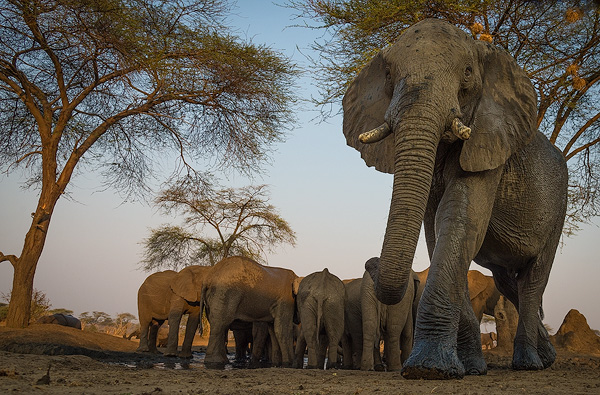
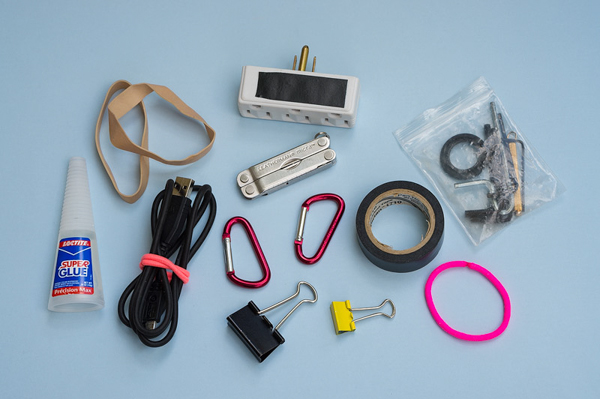
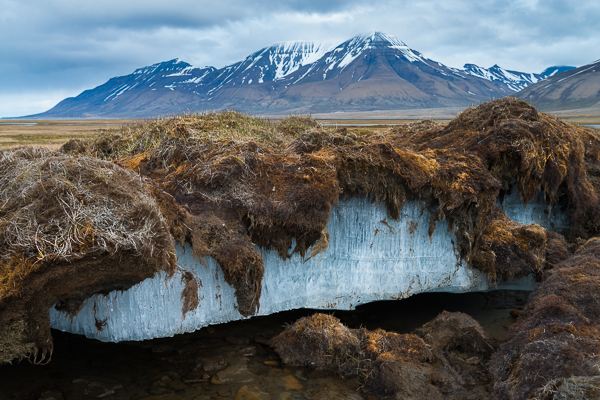
RUN A TEST
I was recently in a photographic situation where high ISO was required. I was shooting with a group, and I was asked as to the highest usable ISO. My answer: it depends on several factors.
I suggested that everyone run one simple test. Mount the camera on a tripod, and shoot the exact same scene, changing the ISO by one stop between frames. Since ISO values work in straight numerical doubles, this means simply doubling the ISO number every time: 400, 800, 1600, 3200, etc. Open the resulting images, and decide for yourself what is acceptable. It doesn’t matter in the least what you actually photograph, as this is only a test. Subject matter is no big deal. You just need to know how far you can push the ISO and still get acceptable results.
Easy, right? The next day we were, as expected, in the same situation where higher ISOs were needed. I asked the group how many of them had run my suggested test, since we had known exactly what we were going to be photographing on the new day. The answer: no one, none, nobody.
Folks, you gotta take some responsibility here. You really need to run some tests, and testing some basic concepts is not difficult to do. Just shoot some comparison frames. Test IS/VR on and off, at both fast and slow shutter speeds. Test for the lowest shutter speed you can handhold and get acceptable results. Test long exposure noise reduction on and off. Test TTL fill flash settings. Don’t believe anything you read on the Web — including what I say — until you’re tested with your equipment, and your reasons for photographing, and your criteria for what is “good.”
An ISO test is so simple. And once you’re shot those frames, you now have them to use in testing noise reduction methods. Lightroom noise reduction only? Noise reduction software (since free trial versions are available)?
Like I said, it doesn’t matter what you photograph. Here’s a 1:1 crop from a shot I took in my garage. Great image, huh? But it would work fine as an ISO test. And speaking of which, just what ISO was used? Hint: the camera was my Nikon D4.
1:1 crop of ISO test photo.